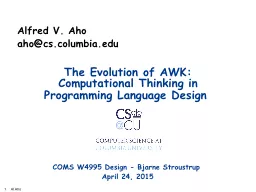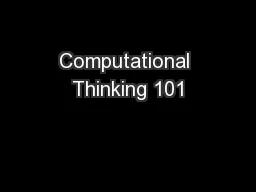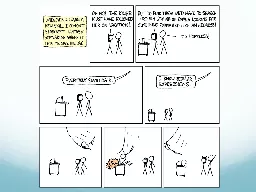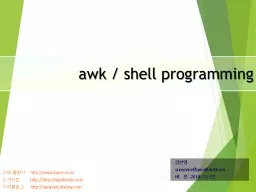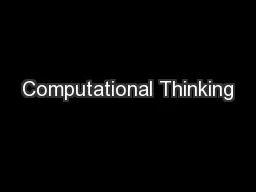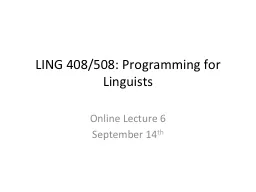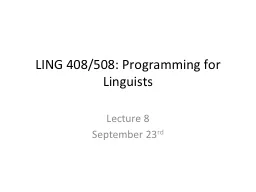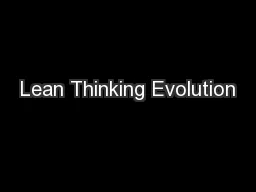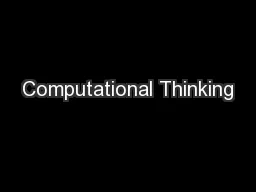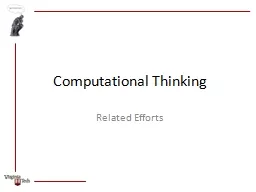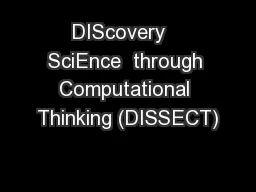PPT-The Evolution of AWK: Computational Thinking
Author : mitsue-stanley | Published Date : 2019-06-23
in Programming Language Design Alfred V Aho ahocscolumbiaedu COMS W4995 Design Bjarne Stroustrup April 24 2015 Computational Thinking Computational thinking
Presentation Embed Code
Download Presentation
Download Presentation The PPT/PDF document "The Evolution of AWK: Computational Thin..." is the property of its rightful owner. Permission is granted to download and print the materials on this website for personal, non-commercial use only, and to display it on your personal computer provided you do not modify the materials and that you retain all copyright notices contained in the materials. By downloading content from our website, you accept the terms of this agreement.
The Evolution of AWK: Computational Thinking: Transcript
Download Rules Of Document
"The Evolution of AWK: Computational Thinking"The content belongs to its owner. You may download and print it for personal use, without modification, and keep all copyright notices. By downloading, you agree to these terms.
Related Documents

